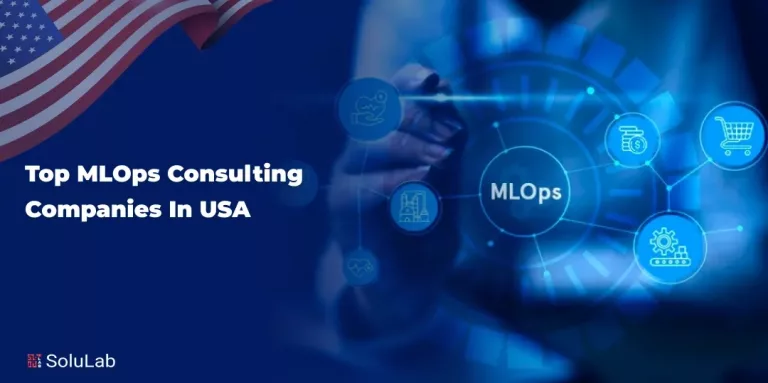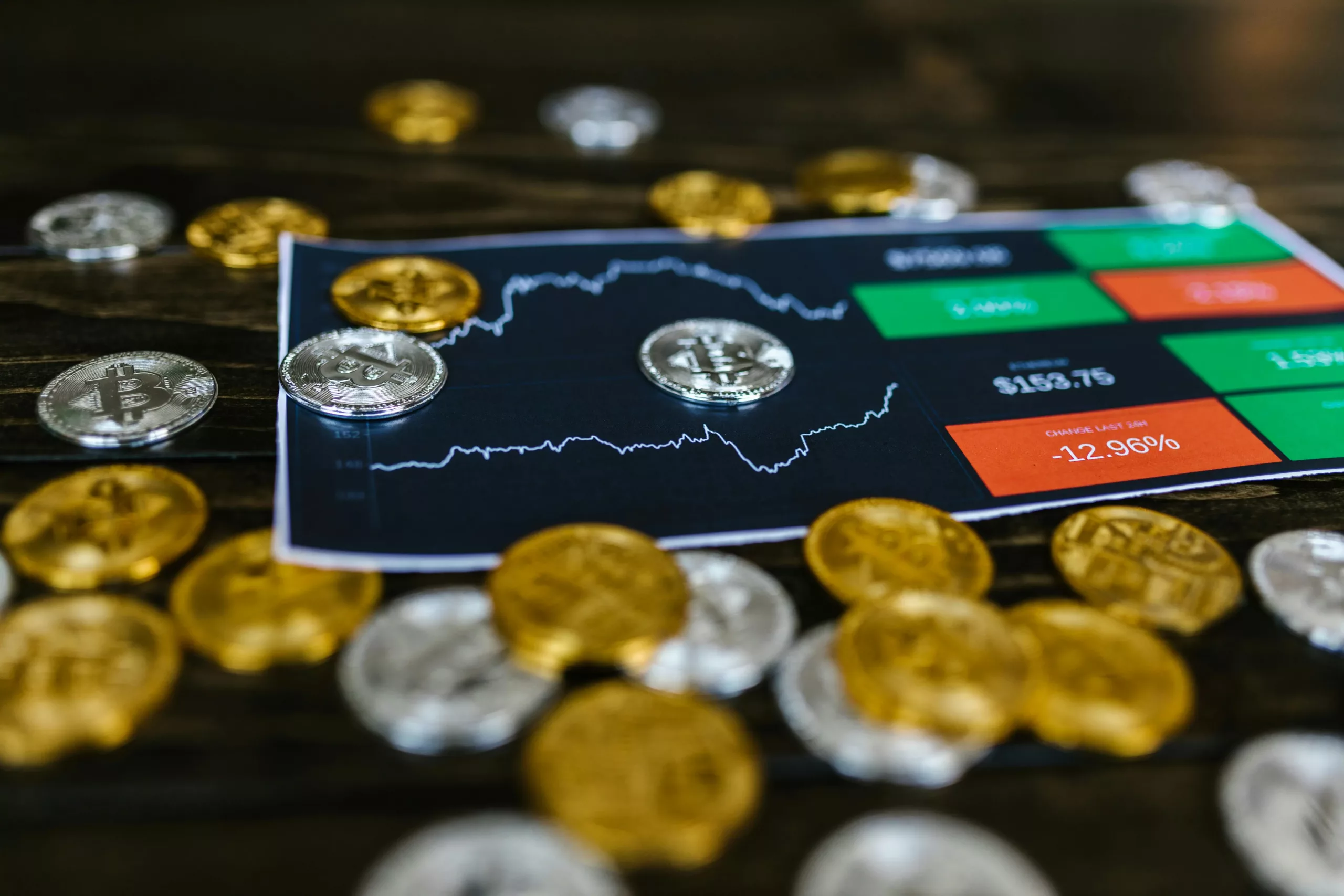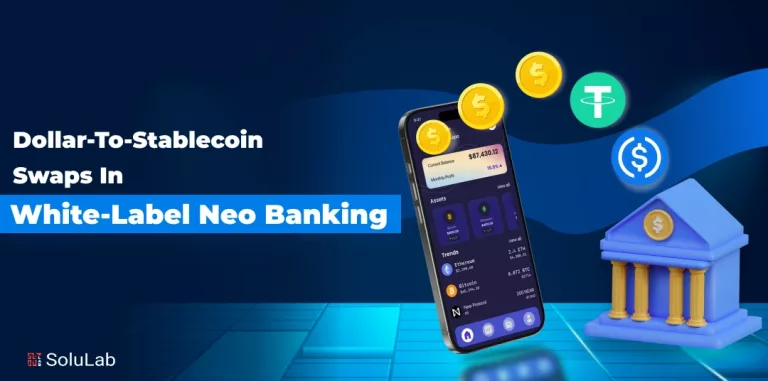
Top 10 MLOps Consulting Companies in the USA [2026]
Discover the top MLOps consulting companies in the USA helping enterprises scale AI with automation, cloud integration, and model operations.


Discover the top MLOps consulting companies in the USA helping enterprises scale AI with automation, cloud integration, and model operations.

Blockchain technology in green real estate is enhancing Dubai’s development, with better transparency, a secure environment, and faster project delivery.

Dollar-to-stablecoin swaps help neo banks enable faster, global transactions. Learn why this is essential for white-label banking platforms.